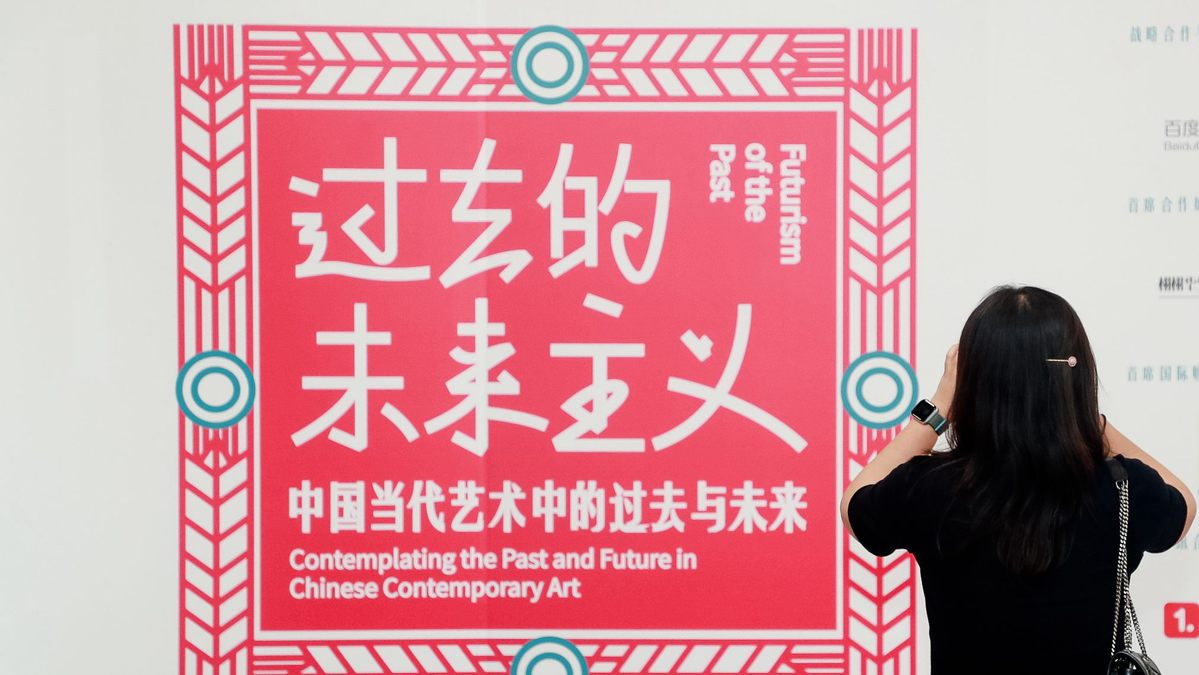Beijing Exhibition Center goes 'back to future' with a crop of artworks
CGTN | Updated: 2021-07-08 11:57

The exhibition "Futurism of the Past – Contemplating the Past and Future in Chinese Contemporary Art," presented by Beijing Contemporary Art Expo, was launched at Beijing Exhibition Center earlier this month and will run until August 31. The exhibition of the representative works of 40 artists focuses on the rethinking of Chinese art history and the rich imagination of the future by artists of different generations over the past century.
The exhibition kicks off the actual Beijing Contemporary Art Expo which will be held from August 26 to 29 at the National Agricultural Exhibition Center in Beijing. More than 55 galleries and art institutions have so far registered to take part in the fair.
Futurism was an artistic movement that originated in Italy and Russia in the early 20th century, glorifying the charm of industry, machine, technology, power, and speed while repudiating all the artistic styles and forms from the past. The exhibition features works of 40 artists, demonstrating their signature styles. In the two almost symmetrical gallery spaces, viewers will encounter a mixture of visions of the future, recollections of the past, and reverie of the past from a future perspective. The exhibition tries to answer whether art can play the role of foreseer when the ideas of the art of the past have become reality, and today's reality is even ahead of them.
Bao Dong, the curator of the exhibition, told CGTN that visitors to the exhibition will witness the use of traditional culture and the "future world" in the eyes of young artists, such as multimedia artist Cao Fei's "The Birth of RMB City" and Fan Wennan's cyberpunk-style multimedia work "China 2098." When asked whether the theme of the exhibition "Contemplating the Past and Future in Chinese Contemporary Art" is too broad, Bao Dong responded that many current exhibition themes are too limited and lack a grand narrative concept.
From the curators' point of view, these works, whether classic or new, not only present the future image, imagination, and narrative in contemporary art, but also show the historical expectation of China in past years and the outlook in 2021, and more importantly, reflect an endlessly dynamic view of China. Future generations will look upon us just like we look upon our past – from East Jin Dynasty (317 – 420) calligrapher Wang Xizhi's "Lantingji Xu."
























